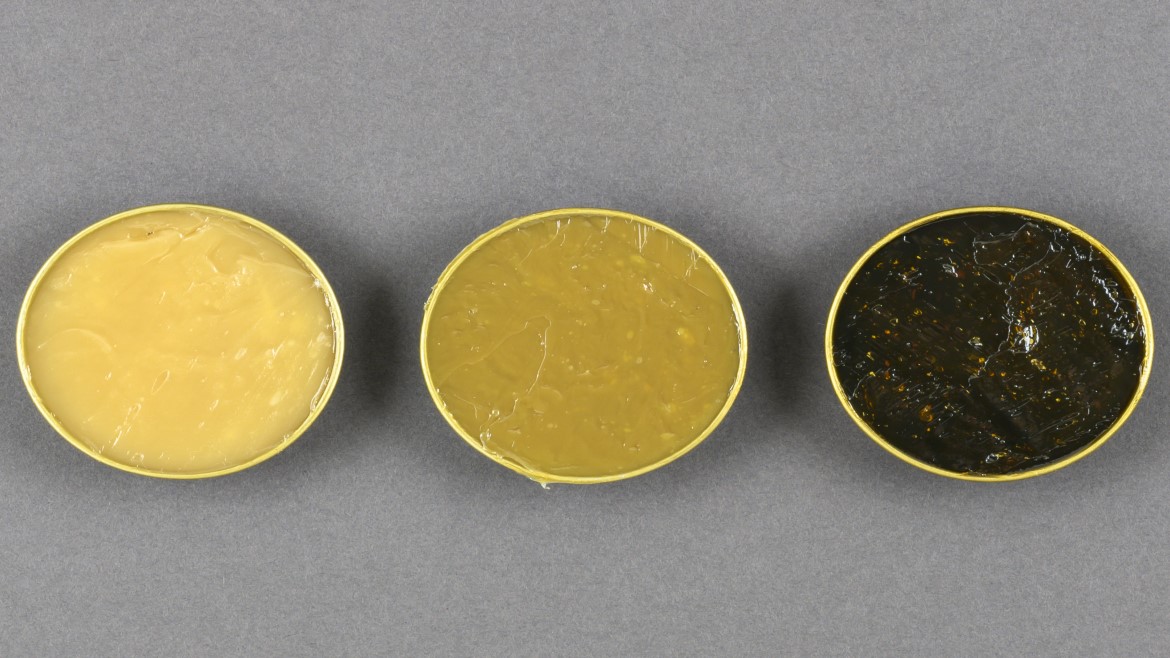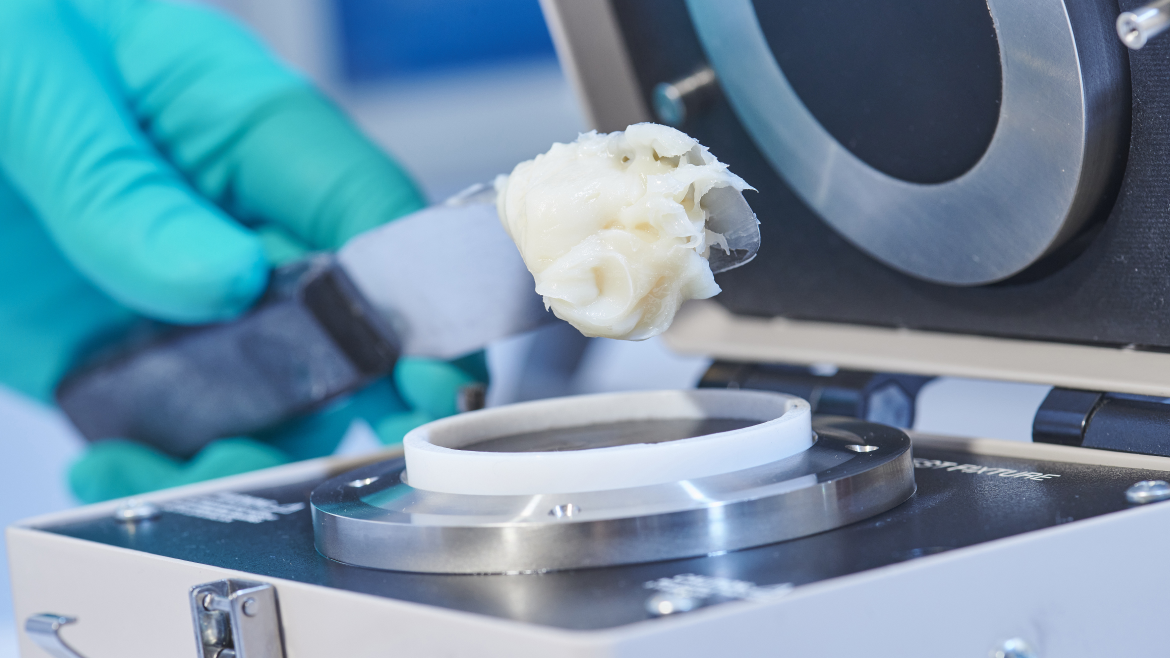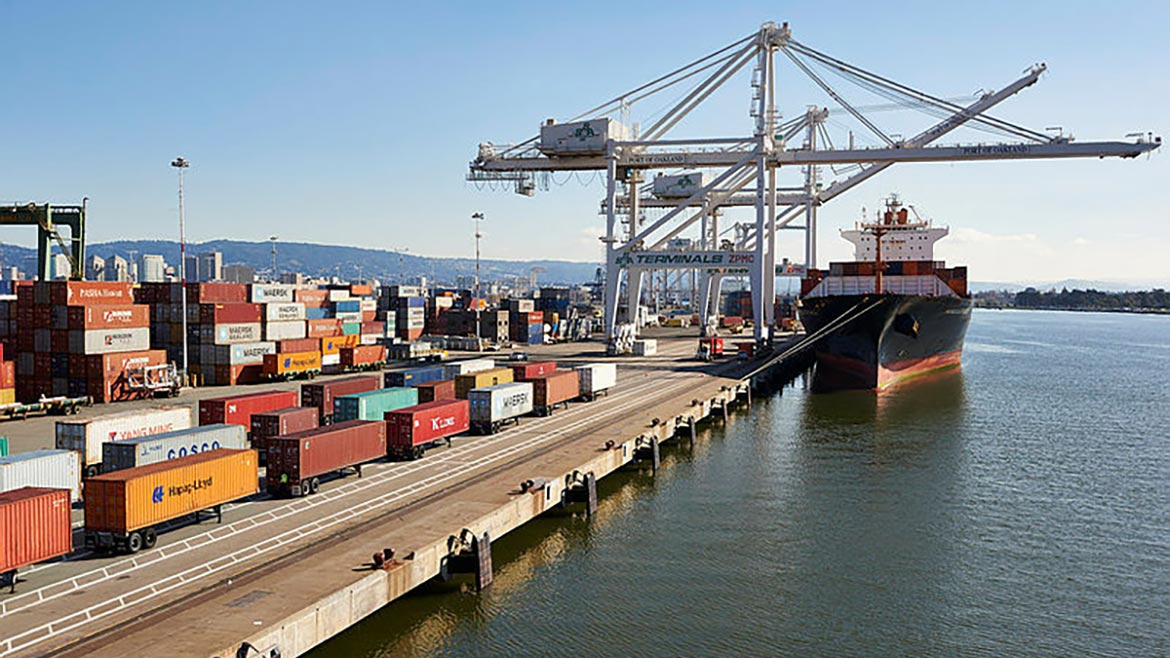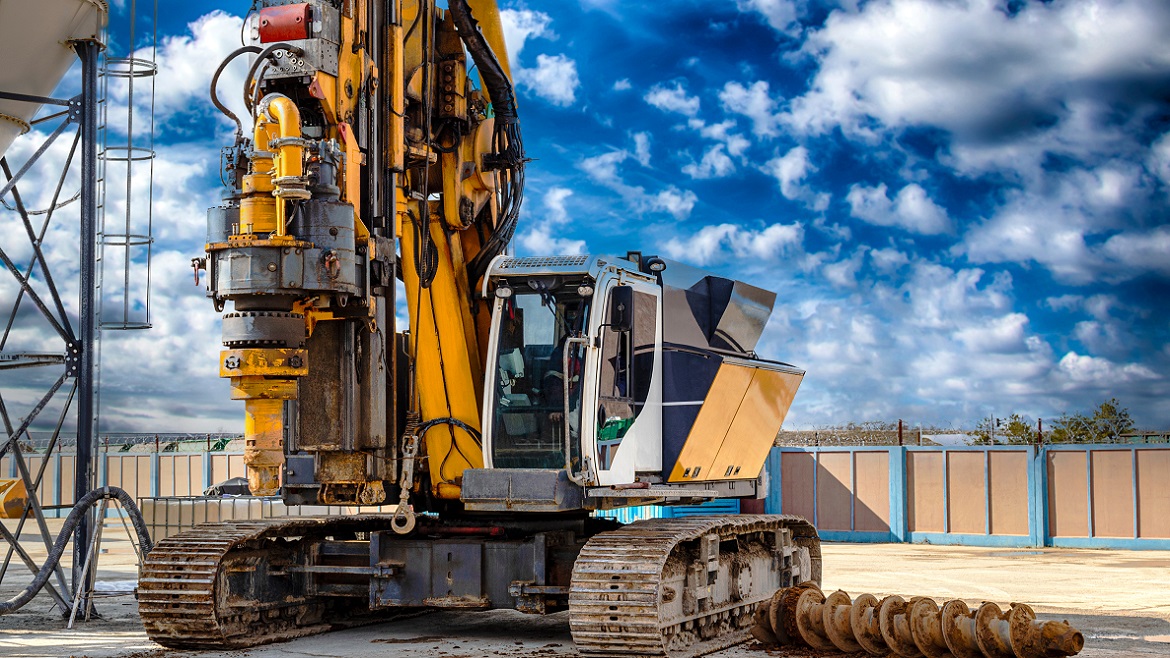Jan 7, 2021
Posted by Gareth Fish, PhD, DIC, BSc (Hons), ARCS, CSci, CLS, GLGS, Technical Fellow, Industrial Additives
This article highlights the key takeaways from our recent New NLGI HPM Lubricating Grease Specification webinar, part of our Lubrizol360 Webinar Series featuring Lubrizol experts discussing important industry trends.
Automotive lubricating greases are responsible for the reliable operation of on- and off-highway vehicles and equipment around the world. So, when the world’s leading grease specification is updated for the first time since 1989, it’s time to pay attention.
The new NLGI HPM lubricating grease specification is a significant upgrade over the existing GC-LB specification, setting a variety of important new performance updates that a new generation of lubricating greases will need to meet—or exceed.
Here’s what you need to know about the new specification.
Why Update Now?
To understand the context of the update, a bit of history is helpful. Between 1968 and 1989, a joint effort between the National Lubricating Grease Institute (NLGI), ASTM and SAE led to the development of the “Standard Classification and Specification for Automotive Service Greases” – ASTM D4950. Based on this standard, the NLGI licenses lubricating grease through its Certification Mark program, which includes the GC-LB Performance Classification, which became the widespread industry standard for performance.
It was not until 2012 that some challenges arose:
- Market advancements, including improvements in materials, technologies and applications left the specification outdated.
- Several GC-LB test methods were identified as problematic, due to challenges like poor repeatability, reproducibility, and applicability to evolving new grease formulations.
- OEM needs were going unmet. OEMs and oil marketers agreed that the GC-LB helped specify only a bare minimum of performance requirements
The industry needed to act. In 2015, the NLGI board of directors agreed to set up a working group to look into either upgrading the existing NLGI GC-LB specification or defining a new one. Ultimately, NLGI decided to define a new, more advanced specification.
New Performance Requirements
Since 1989, the grease landscape has changed significantly. For example, there are almost no interval service requirements for light duty automotive greases today; more than 90% of applications are sealed for life. Additionally, many OVMs and OEMs who specify GC-LB greases think that the current performance standard is inadequate—the majority of newly approved commercial GC-LB lubricating greases offer additional performance characteristics, including better water resistance, higher load carrying capacity and better saltwater resistance.
The new specification—called the High-Performance Multiuse (HPM) specification—accounted for these modern factors throughout its development, and the final specification better reflects the diverse needs of today’s grease users.
Rather than specify a static slate of performance requirements for all applications, HPM is made up of a single “core” specification (Core HPM) and a series of enhanced performance categories that can be chosen depending upon an application’s specific needs. These categories include:
- HPM + WR (Water resistance)
- HPM + CR (Saltwater corrosion resistance)
- HPM + HL (High load carrying capacity)
- HPM + LL (Enhanced long life) – due to test equipment issues, this has been delayed until at least 2023
- HPM + LT (low temperature performance)
Compared with the current GC-LB, the Core HPM necessitates significantly higher levels of baseline performance across all categories, including 4-ball wear and weld, bleed, structural stability, copper corrosion, oxidation, water washout and fretting. First licensing will begin in January 2021.
Implications for the Grease Industry
To achieve these levels of performance, plus the enhanced performance categories, grease formulation will need to be far more robust than many products available today and will impact all parts of the value chain.
Grease marketers will likely need enhanced expertise on product design for different machineries and operational conditions. New product launches will need to be specific to equipment applications, and will likely need to utilize performance additive packages for faster finished product manufacturing.
Additive suppliers will need to deliver that new technology, offering the desired performance for HPM core and its subcategories, along with compatibility of different thickener systems. The ability to provide these additive packages along with technical and laboratory support may be a major difference maker.
OEMs will benefit from better greases in the market that are more suited to different operational conditions. They will, however, need to update operational instructions and recommend lubricating greases meeting the new HPM specification.
Retailers will need to be ready and able to educate their customers on the benefits of the new specification, and may need to dedicate new shelf space to these higher-performing greases.
Consumers will benefit from advanced greases that are able to better protect and maximize their equipment and investments.
Our View
A new generation of higher-performing greases will deliver many benefits for all stakeholders. It’s time that the industry takes a new step forward beyond the existing GC-LB specification.
For more information about the new NLGI HPM specification, view the whole webinar here, or contact your Lubrizol representative.









